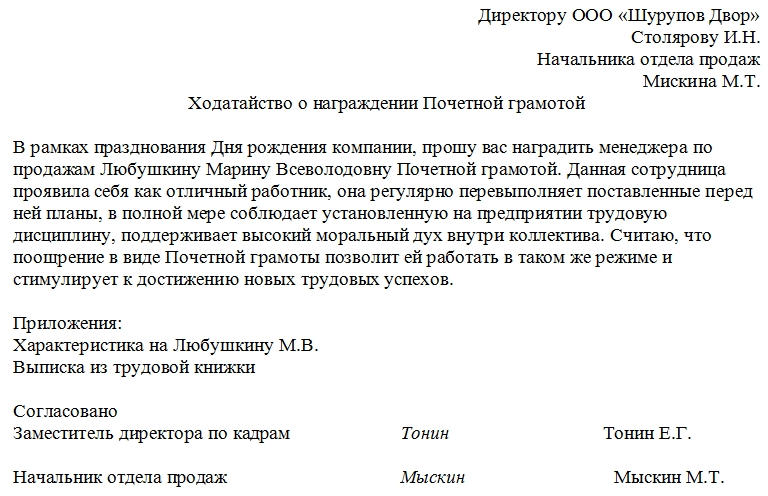Hodatajstvo O Prisvoenii Imeni Shkole Obrazec
1s shtrih kod komponenta lyrics. Piškotke uporabljamo, da bi vam omogočili nemoteno in prijetno uporabniško izkušnjo na naši spletni strani. Z nadaljno uporabo te spletne strani se strinjate z našo politiko piškotkov. Find your Bulgaria dialling codes: We’ve listed all the codes for Bulgaria here for your convenience, whether you’re with Rebtel or just looking to make an international call. Please find all the Bulgaria phone codes you could need below. Surrounded by the High Tatras National Park and situated in the peaceful location of Tatranska Lomnica, our lovely wooden chalets offer cosy accommodation in the scenic area of the Lomnický Peak, a convenient base for active holidays including skiing, hiking tours through the mountain valleys, golfing at the nearby resorts or exploring the surrounding historical towns of Spis region. Move the Chemistry book and observe what happens. Note that the interactive elements in this sim have simple description that can be accessed using a screen reader.
Traditional Construction Methods: CONCRETING CONCRETING Placing Concrete The main objective in placing is to deposit the concrete as close as possible to its final position as quickly and efficiently as you can, so that segregation is avoided and it can be fully compacted. Concrete can be transported by a variety of different methods ranging from wheelbarrows, dumpers and ready-mix trucks to skips and pumps, and though it is obviously desirable to place the concrete directly into position this is not always possible: for example, it will seldom be practical to discharge from a dumper or ready-mix truck directly into the top of a column or wall.

Write something about yourself. No need to be fancy, just an overview. No Archives Categories. Concreting Someone experienced in the construction of formwork, preferably a tradesman, should always be standing by when the concrete is being placed. He should have a supply of suitable materials such as props, bolts etc. To handle dangerous situations.

Concreting using skip and crane Concrete pump for placing concrete Concreting Someone experienced in the construction of formwork, preferably a tradesman, should always be standing by when the concrete is being placed. He should have a supply of suitable materials such as props, bolts etc. To handle dangerous situations. Grout loss is an indication that joints were not tight or some movements has occurred during placing. The vibrations transmitted to the formwork can loosen wedges and fixings so a close watch on all fastenings is necessary to avoid loosening.
Similarly, wedges should be regularly checked and tightened. All split concrete or grout leakage should be cleaned or diluted with spray water immediately after concreting to make striking and cleaning easier especially with steel formwork. Remove timber spreaders which were used to hold formwork apart as concreting proceeds. Check cracking, excessive deflection, level and plumb, and any movement. Concrete should be deposited at, or as near as possible to, its final position.
The concrete should be placed in uniform layers. Avoid placing it in large heaps or sloping layers because there is always a danger of segregation, especially with mixes tending to be uncohesive. In walls and columns no layer should be more than about 450 mm thick. With layers thicker than 450 mm, the weight of concrete on top makes it almost impossible-even with vibration-to get the air out from the bottom of the layer. In thin slabs compacted by a vibrating beam, restrict the layers to 150-200 mm. Update for pes 2013.
With greater thickness, vibrators have to be used. Place the concrete as quickly as possible. But not faster than the compacting method and equipment can cope with. Where a good finish is required on columns and walls, fill the forms at a rate greater than 2 metres height per hour. Also avoid delays and interruptions because these will cause colour variations on the surface.